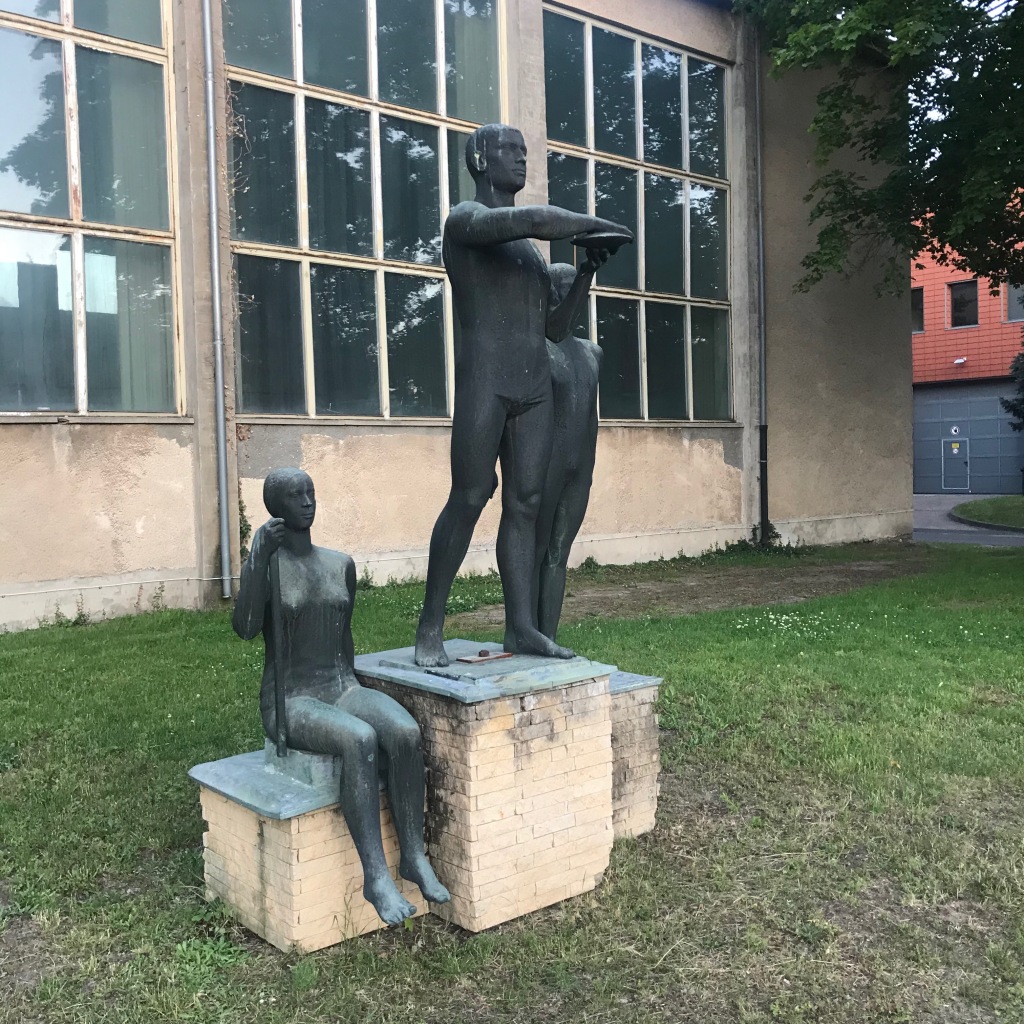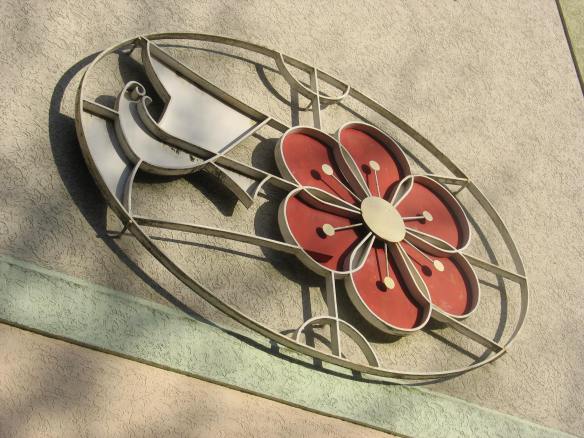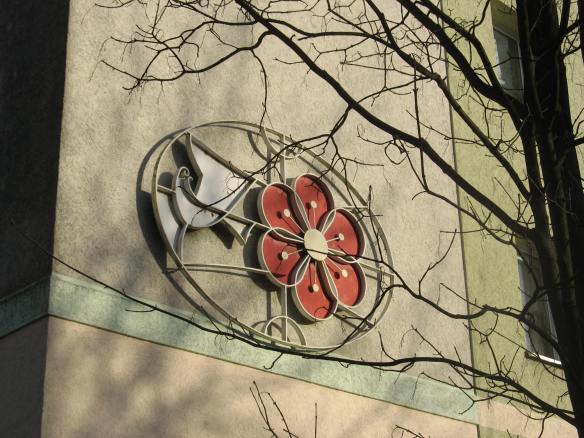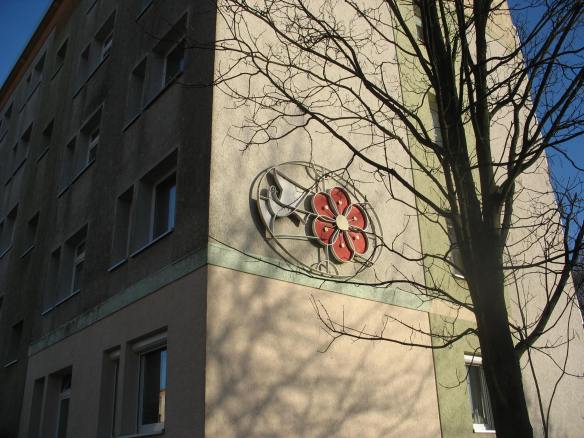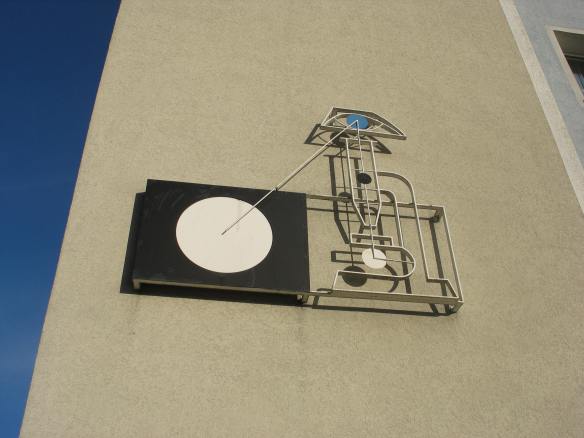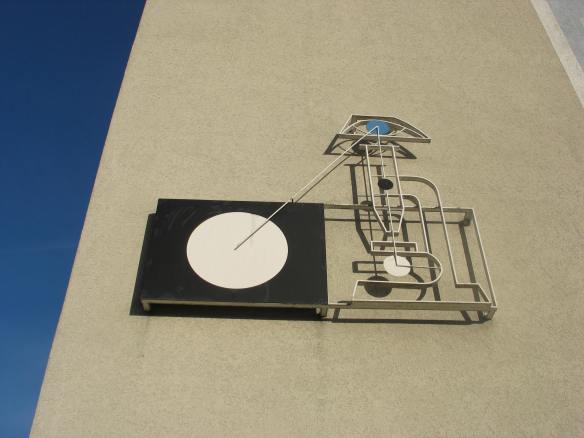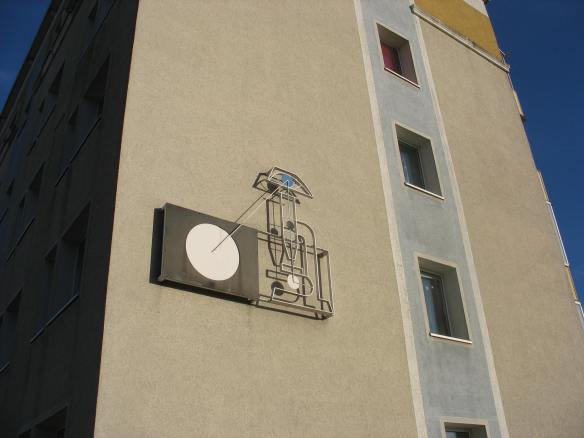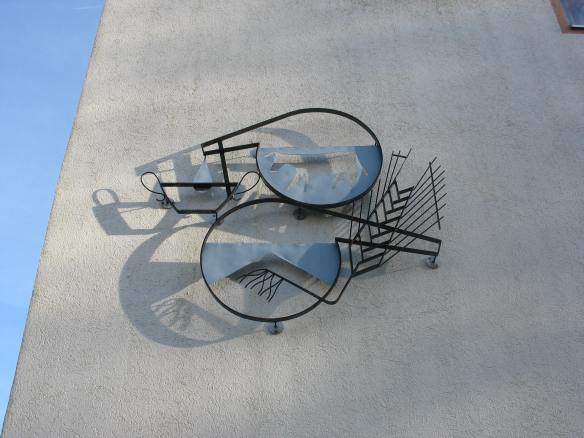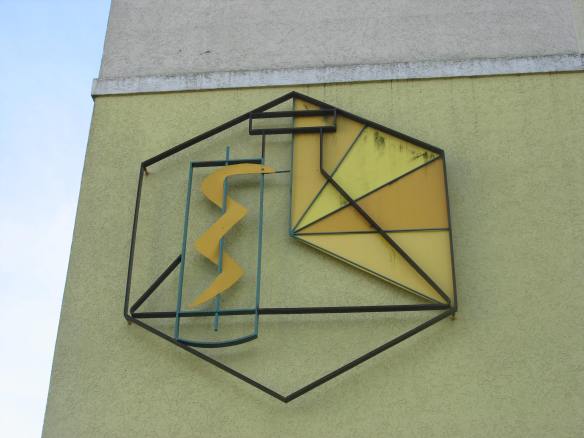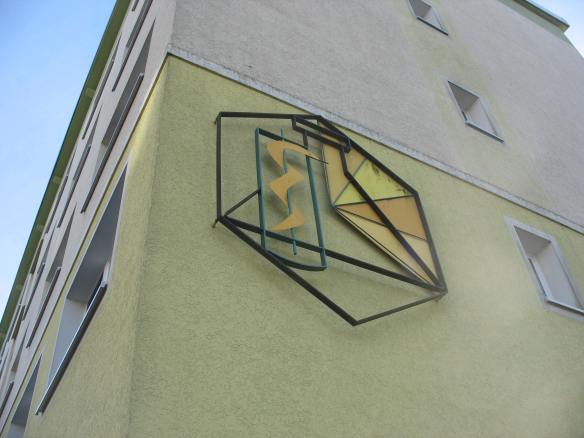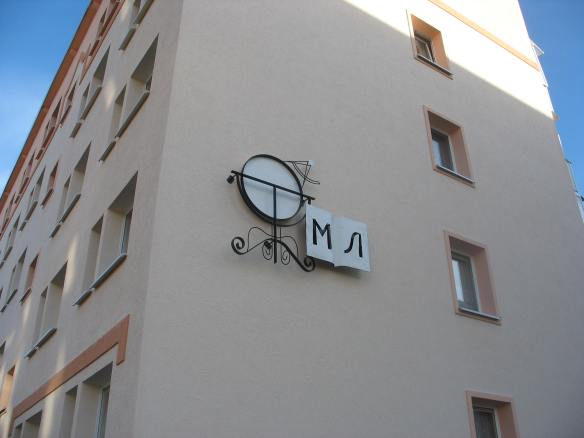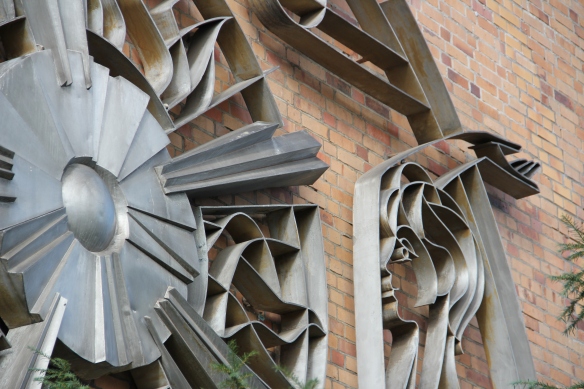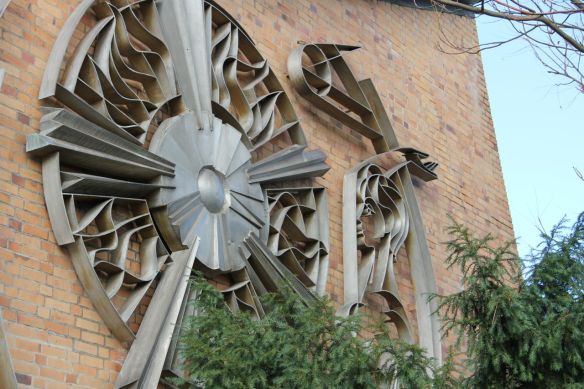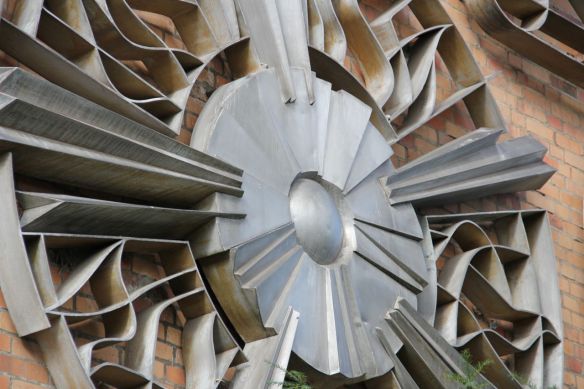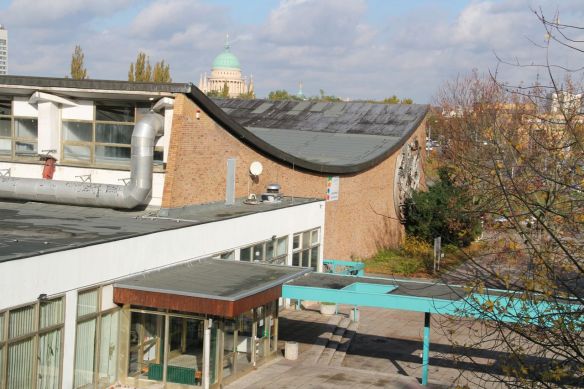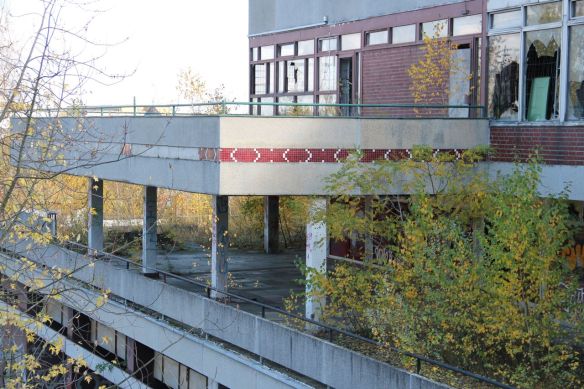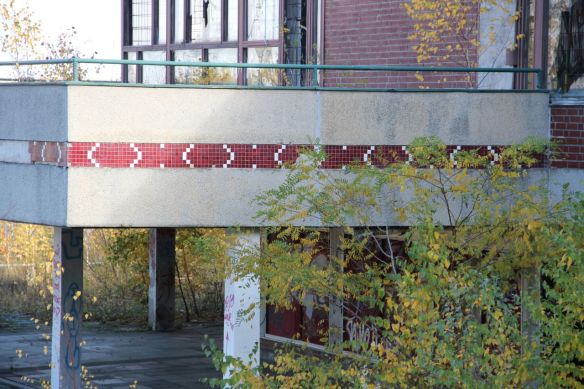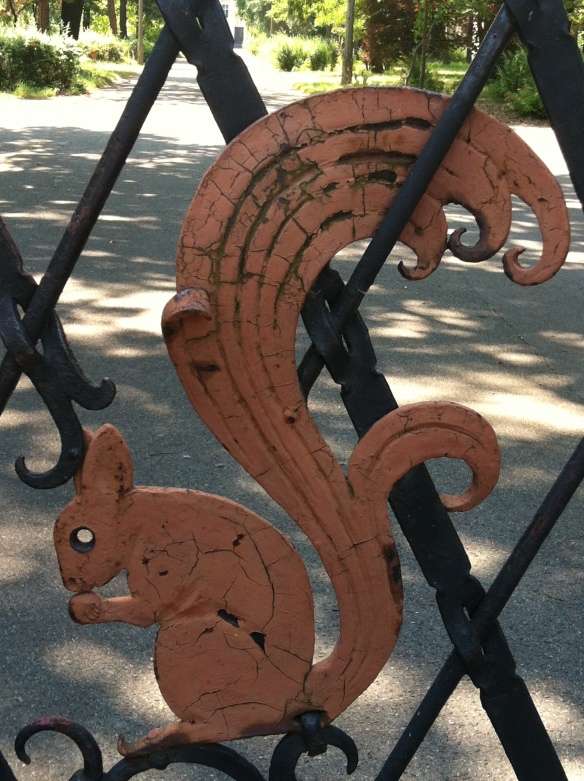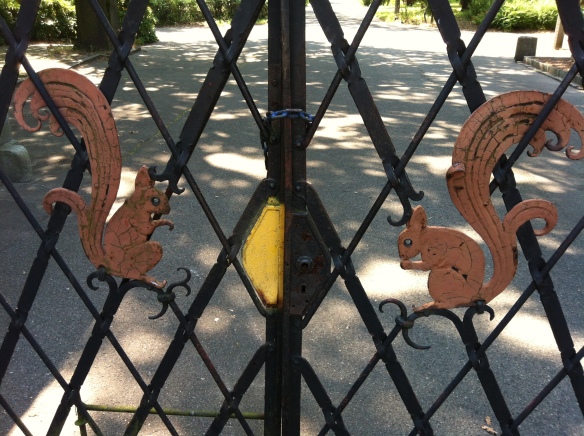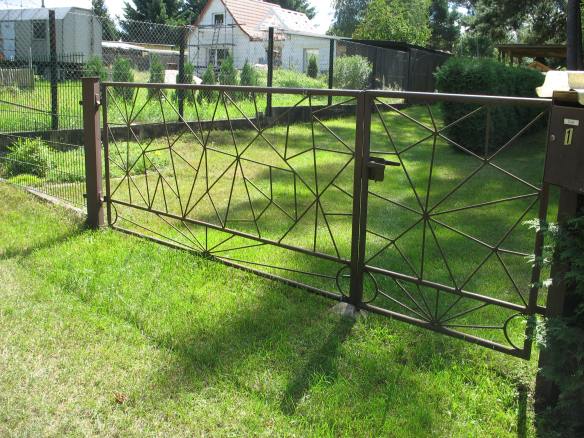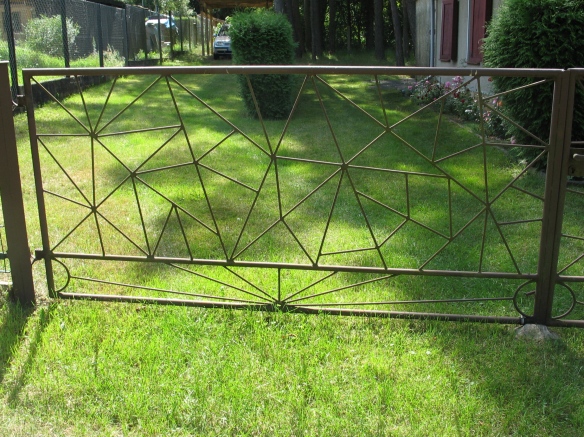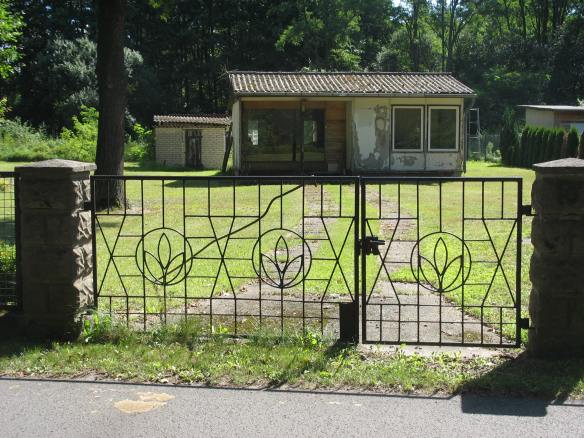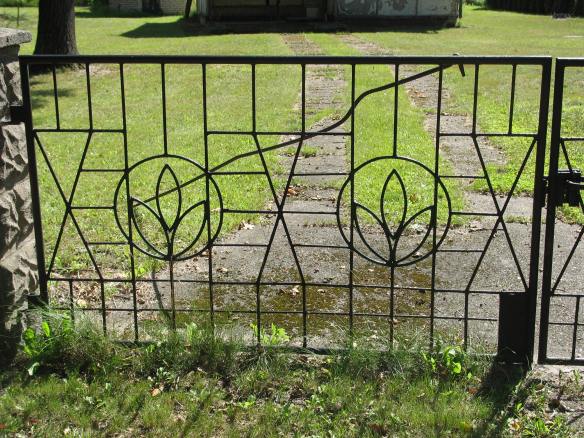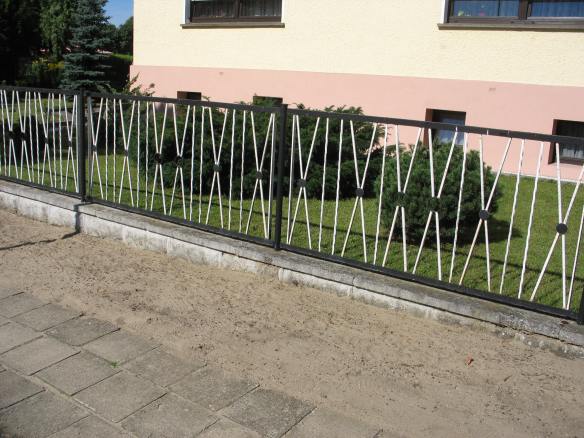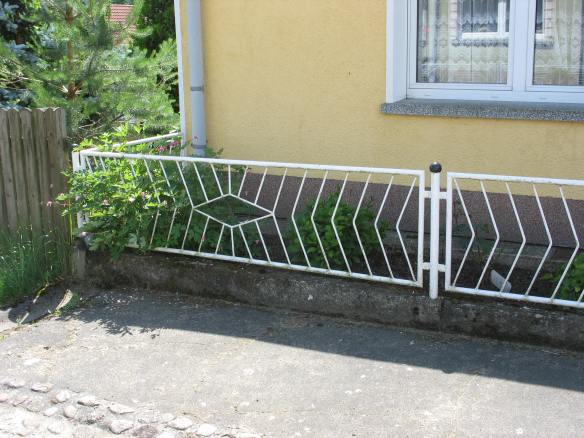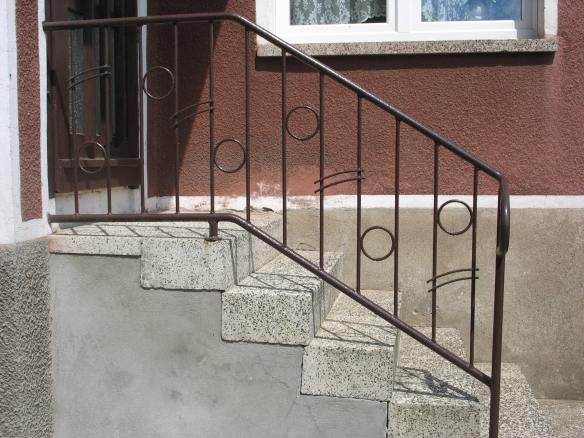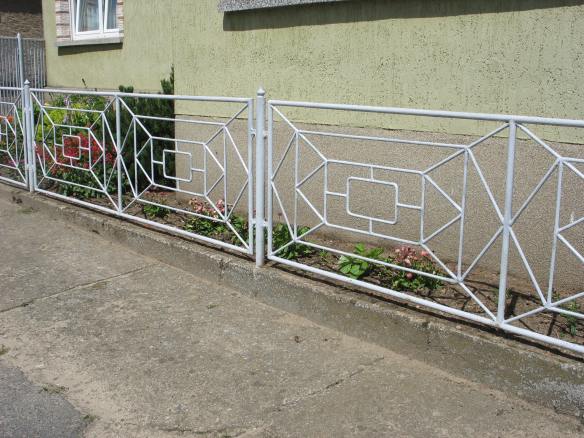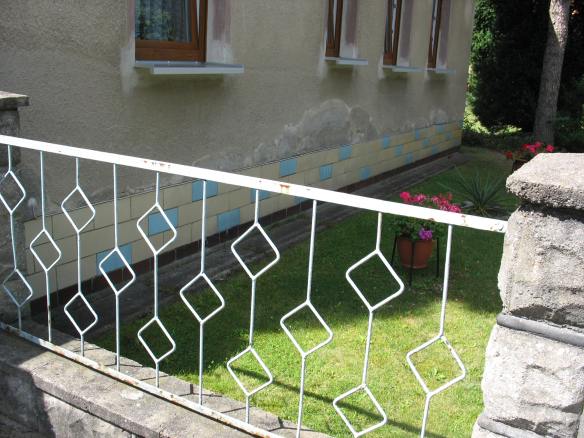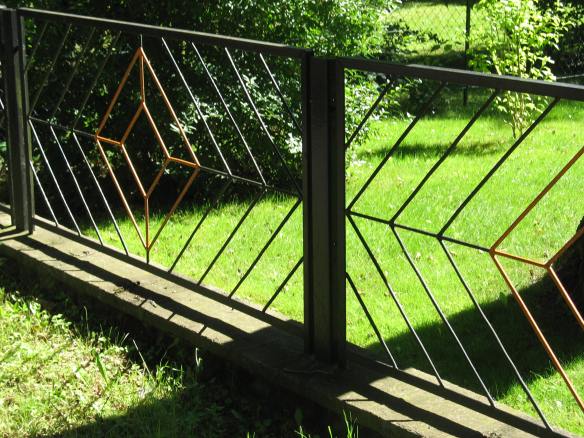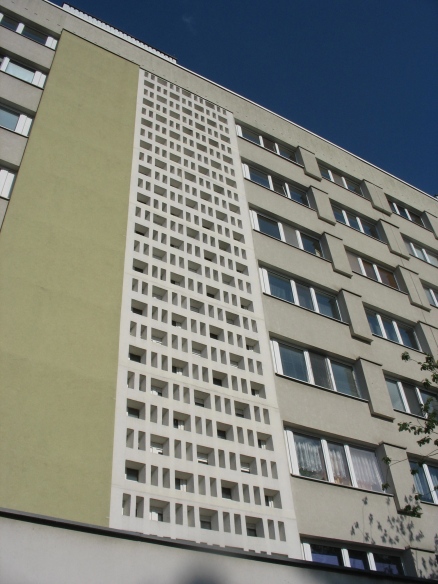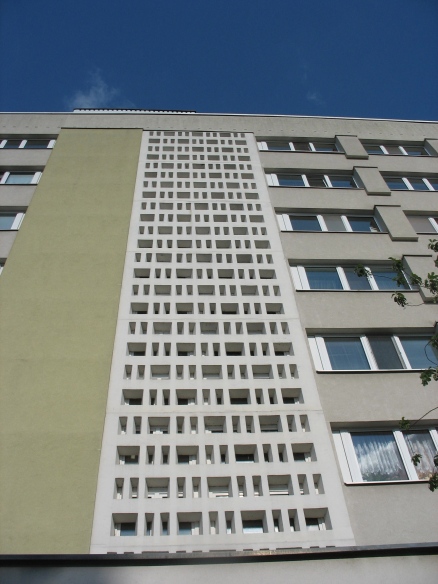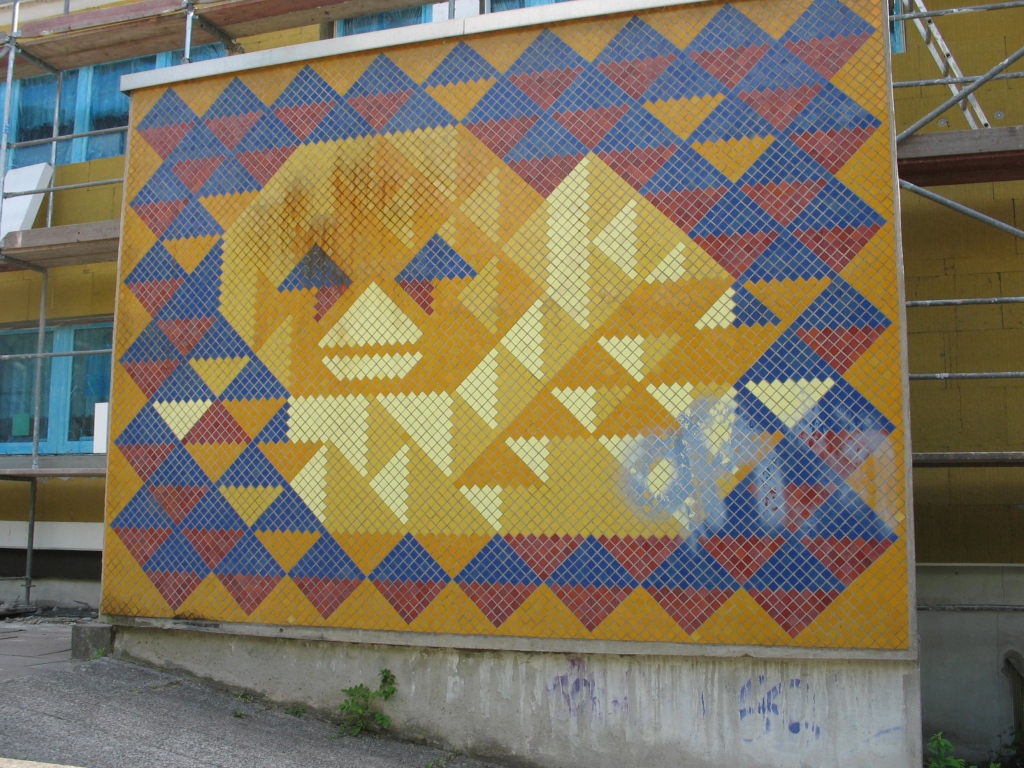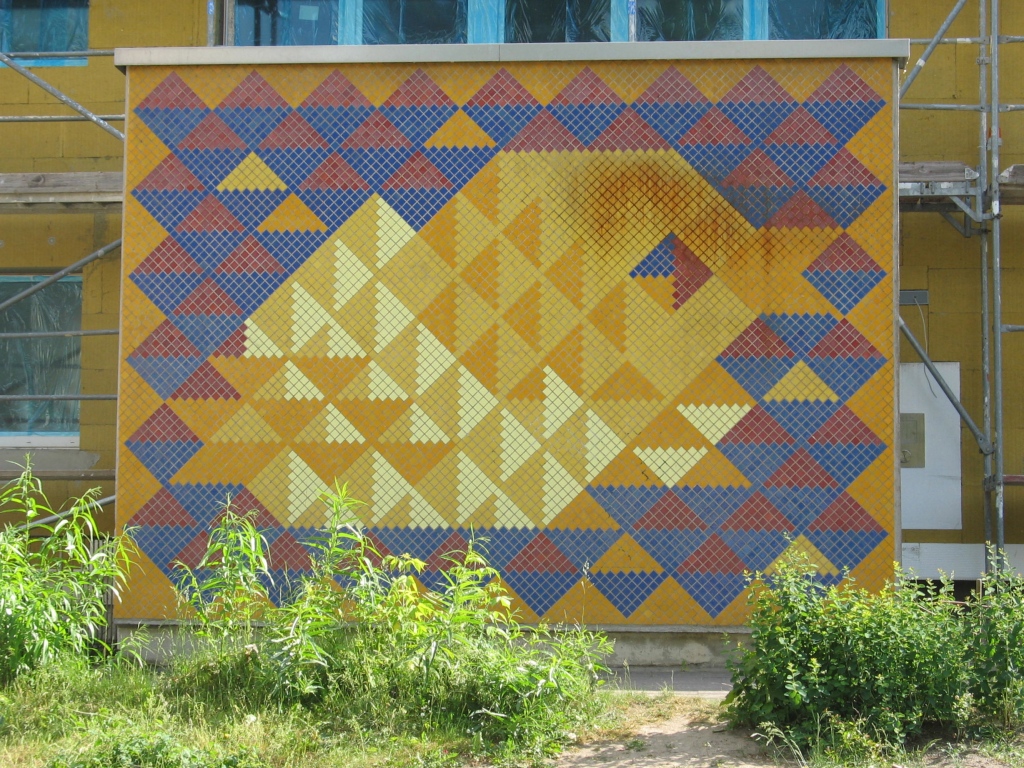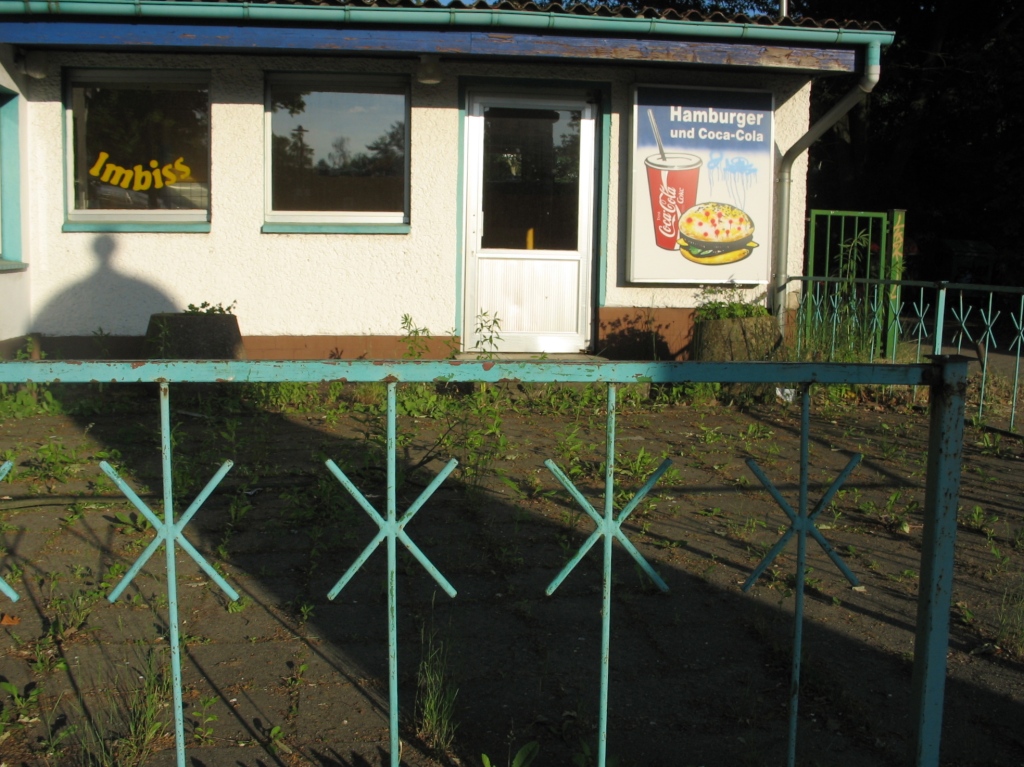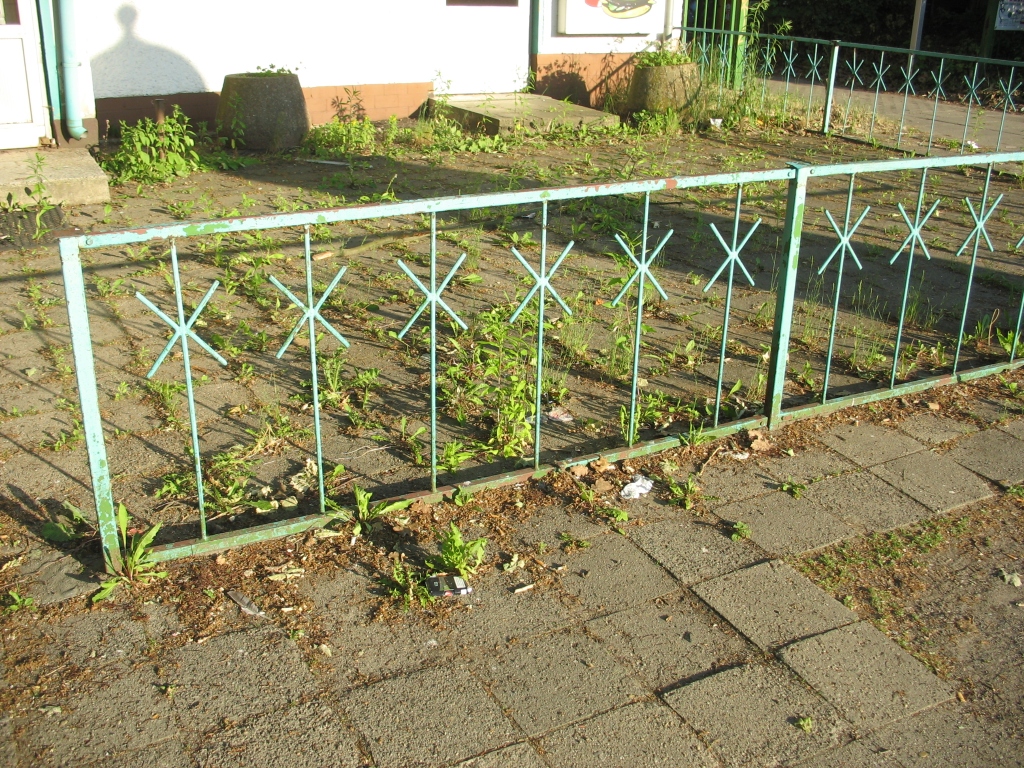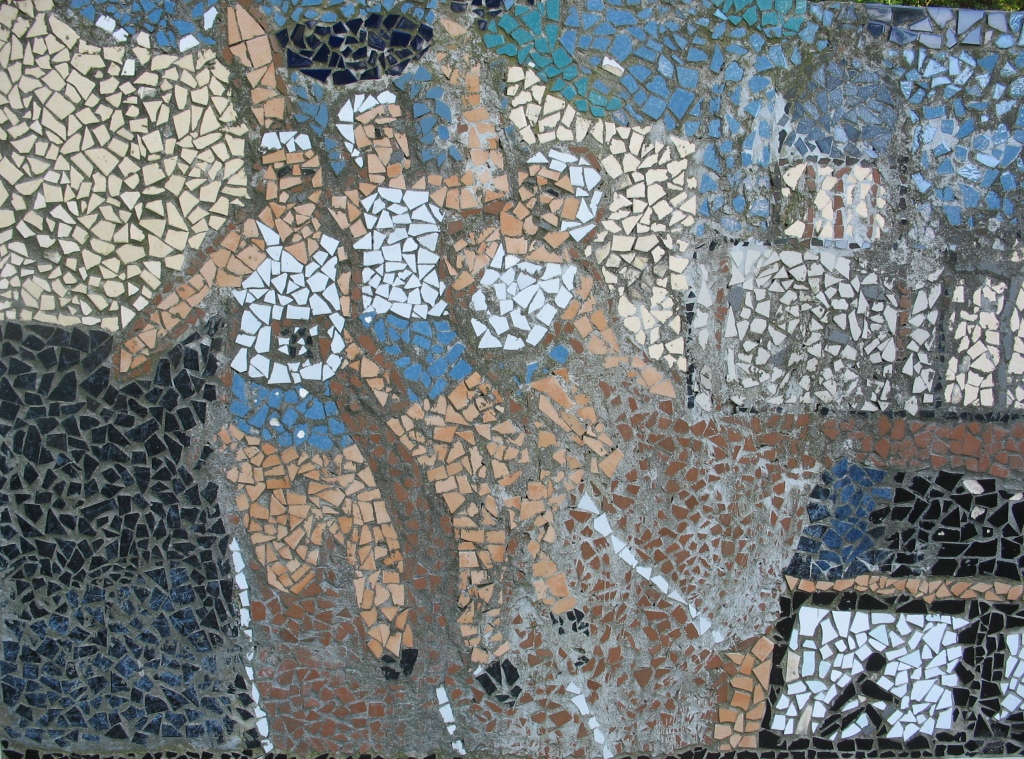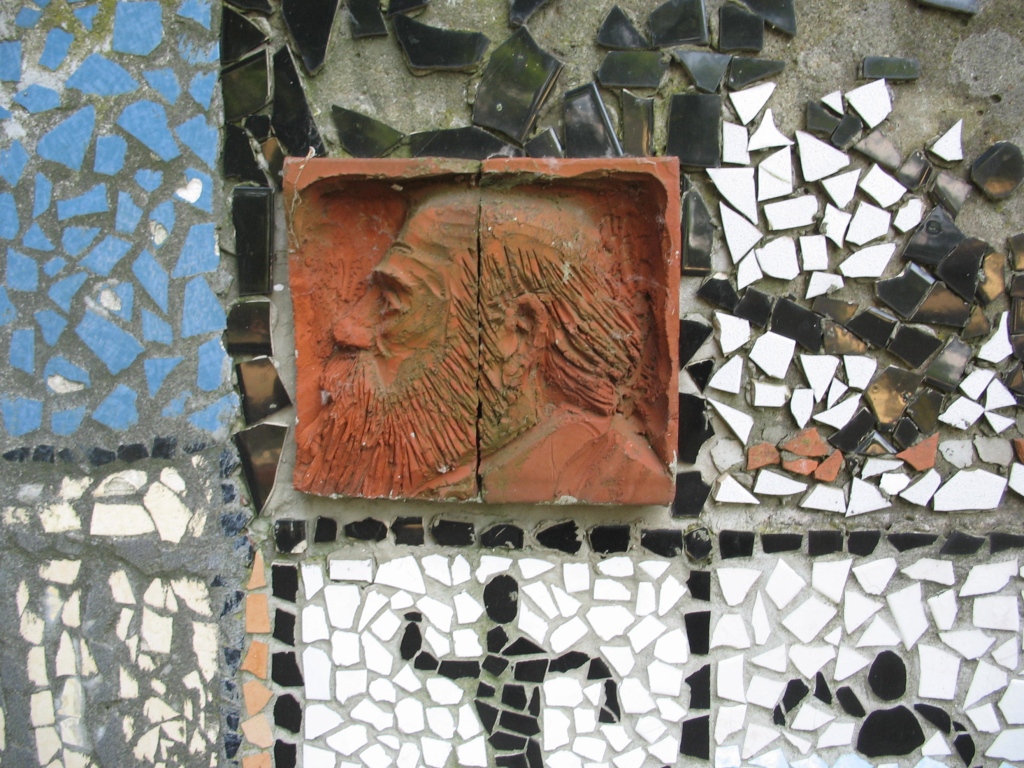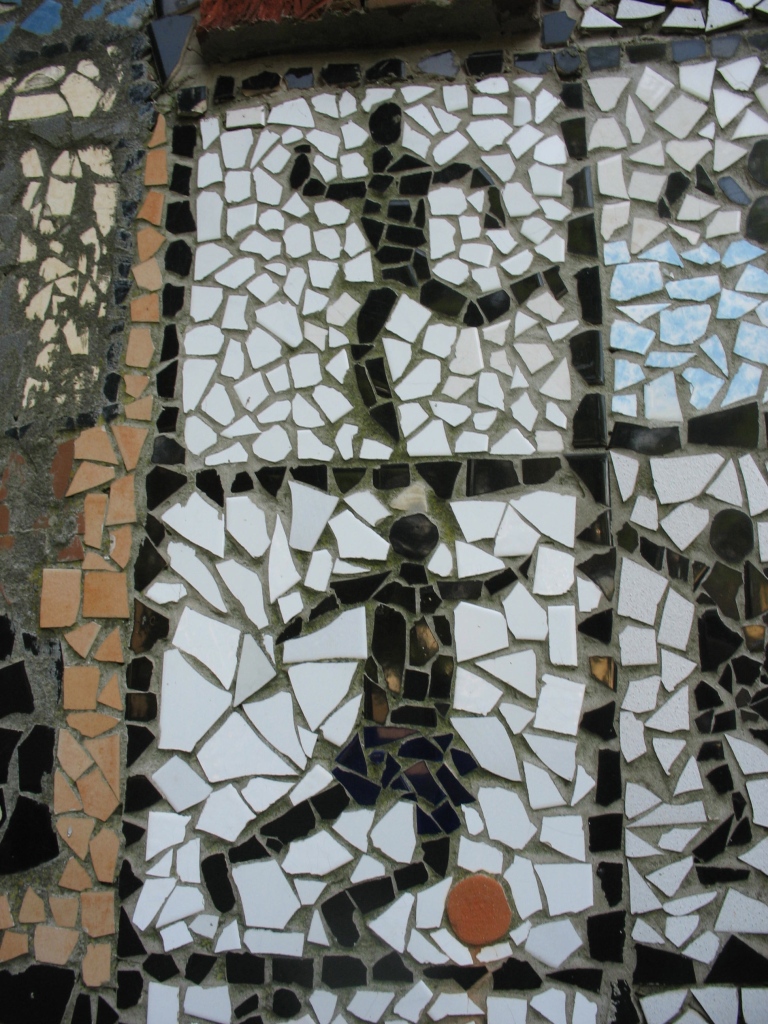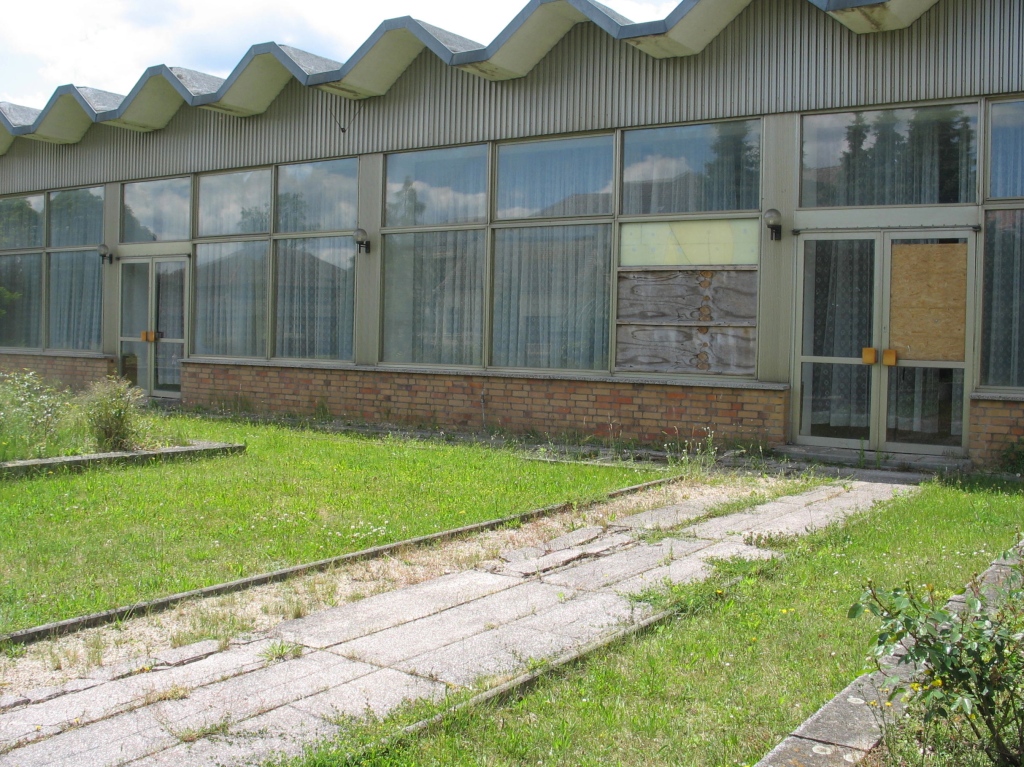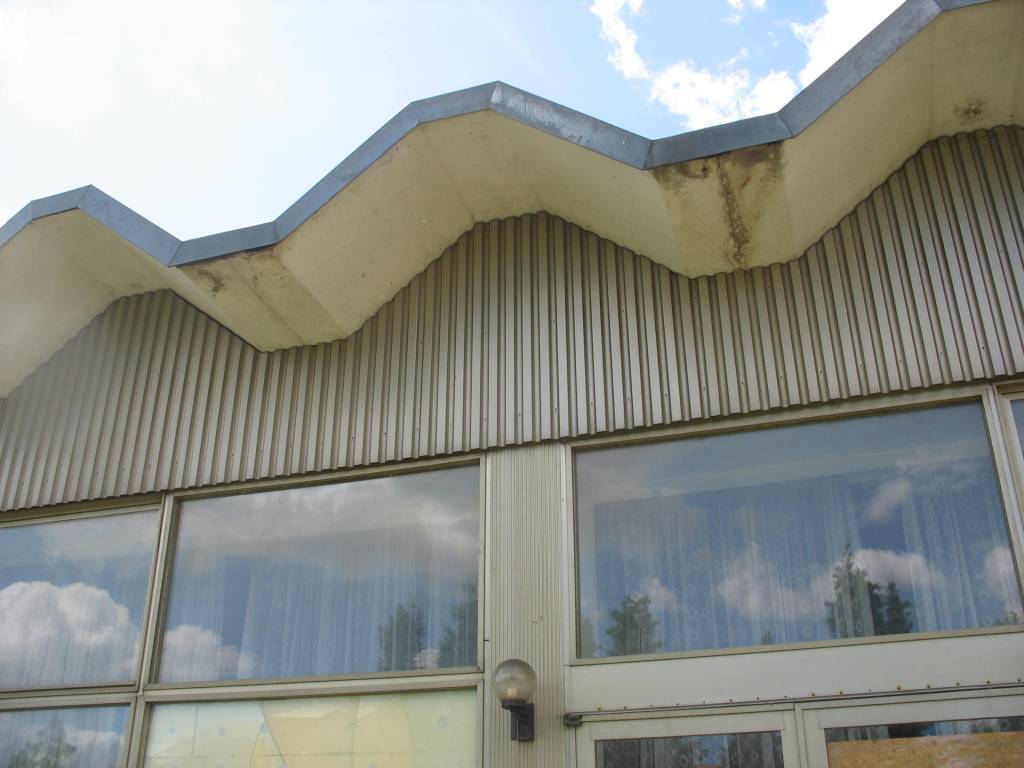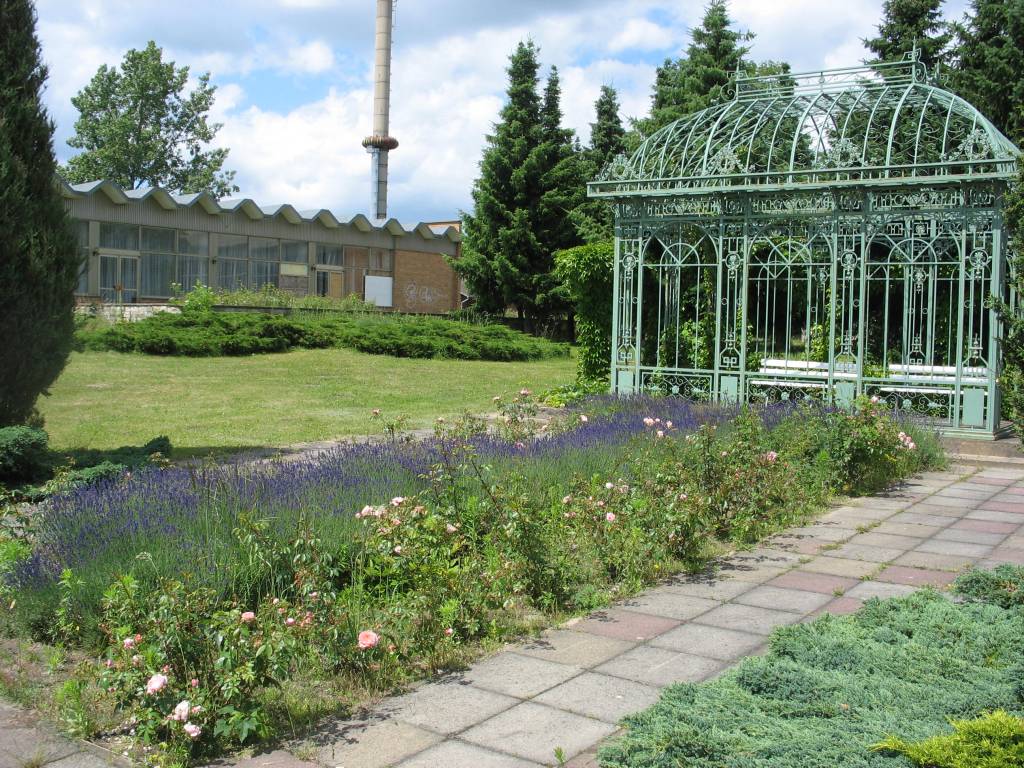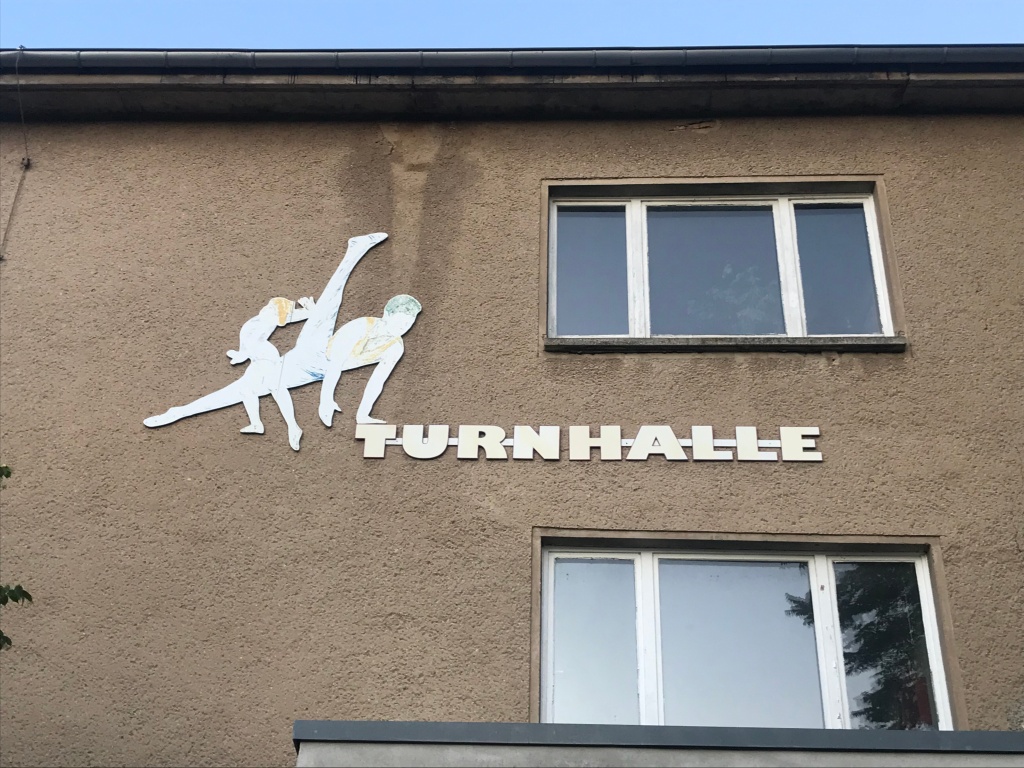
I’m back, back, BACK! After an unreasonably long pause, here is some GDR deco I stumbled upon in June 2020, when I returned to the Luftschiffhafen in Potsdam ( you might recall my post about a mosaic in the same area). It’s a sports complex located on Lake Templin and was previously used by the NVA – the Armeesportklub (ASK) ‘Vorwaerts Potsdam’- and the Volkspolizei as a training site. It later became a sports school – the Potsdamer Kunstturnhalle- and hosted athletics competitions. This lovely logo & lettering decorated the otherwise plain exterior (oh Rauputz!). When it was built in 1961, the Turnhalle was the most modern of its kind in Europe, kitted out with all the latest gear. Some of the Potsdam university students who later used it went on to become Olympic champions, including Holger Behrendt, champion in Seoul in 1988, Bernd Jäger, who invented a somersault for his routine that was then named after him, and most interestingly, high bar champ Wolfgang Thuene who later fled the GDR. He went on to become the only gymnast to represent both East and West Germany in international competitions. I digress….
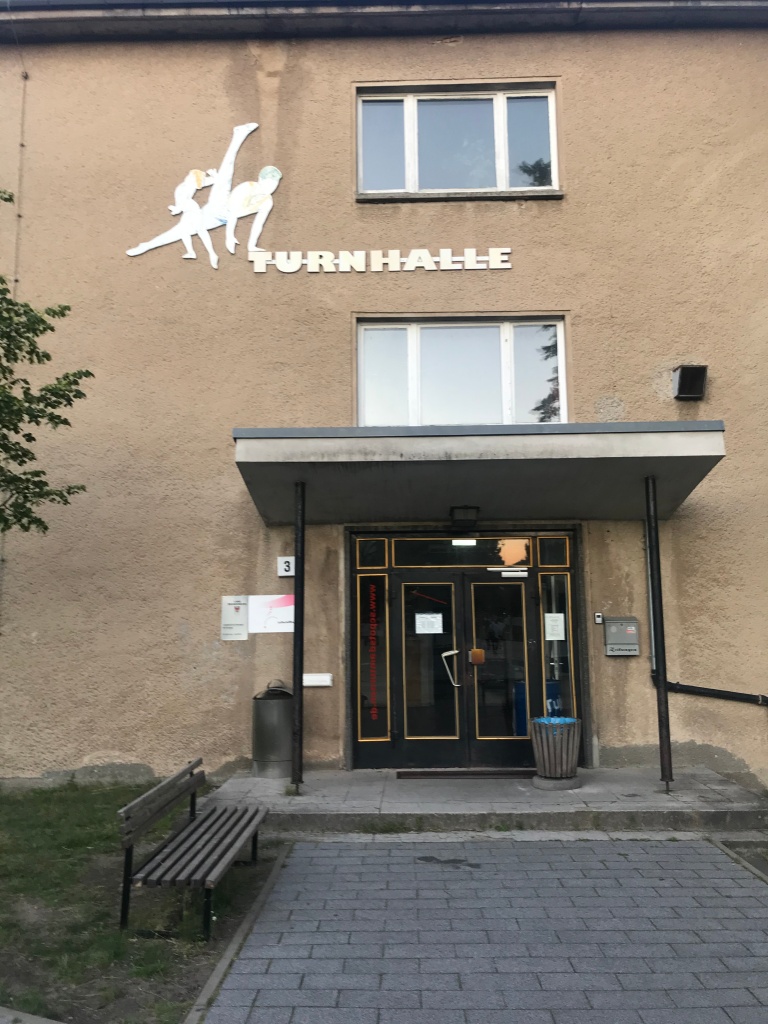
I’ve used the past participle when referring to the building, because whilst researching its history today, I was very sad to discover that it was demolished in March of this year. Here’s a link to a clip from the demolition. It features the logo and lettering being destroyed, so avoid watching if you don’t like seeing great GDR deco go to waste!
Some of the original equipment in the hall – still rings with an interesting history- was thankfully saved from the wrecking ball, which has been detailed in a nice article in the Tagesspiegel. I’m not sure what’s happened to the sculptures in front of the building, but imagine they may either have gone to the Deutsches Historisches Museum’s huge depot, or ended up at the DDR Kunstarchiv in Beeskow. Apologies for the dodgy quality of the photos – I took them on my phone and am in need of a new camera…


Lebe Wohl, liebe Turnhalle!
